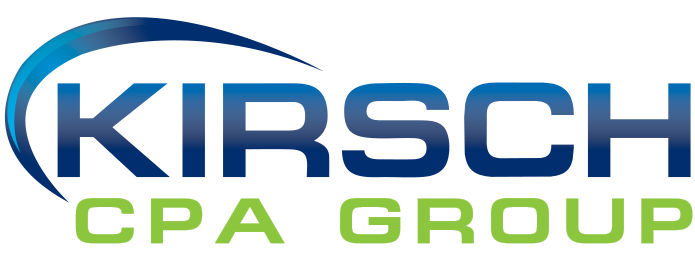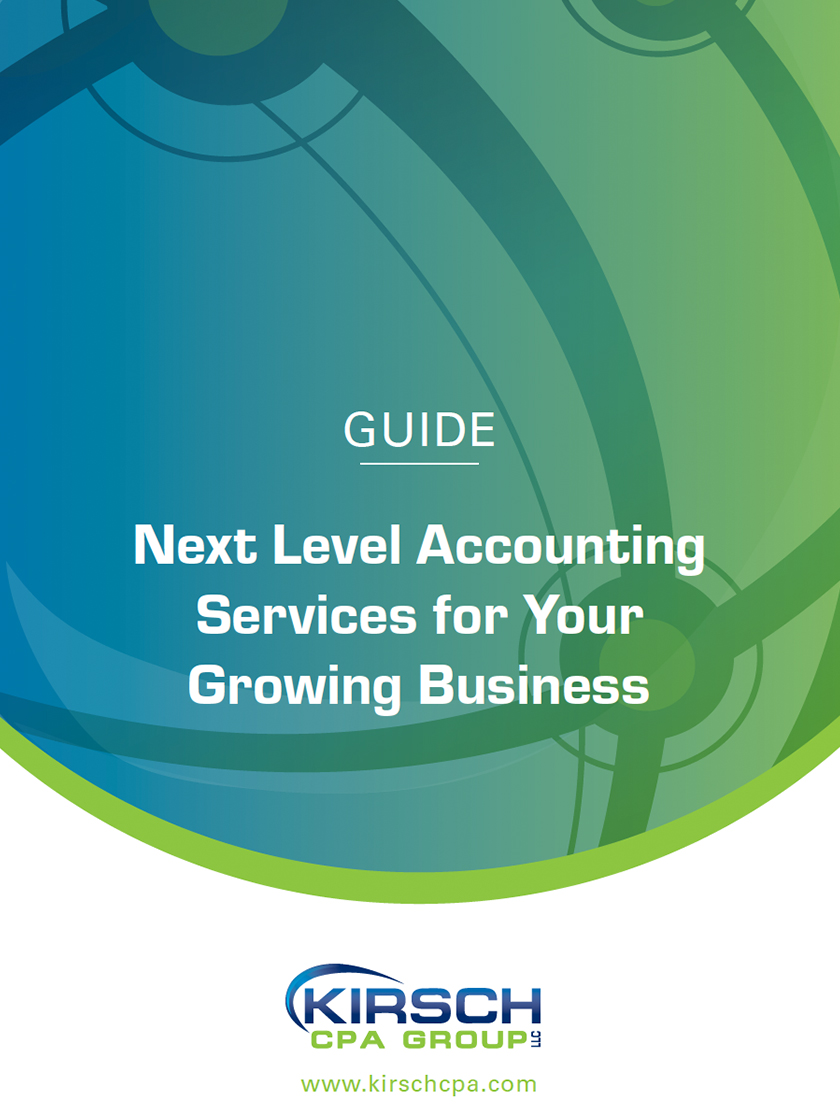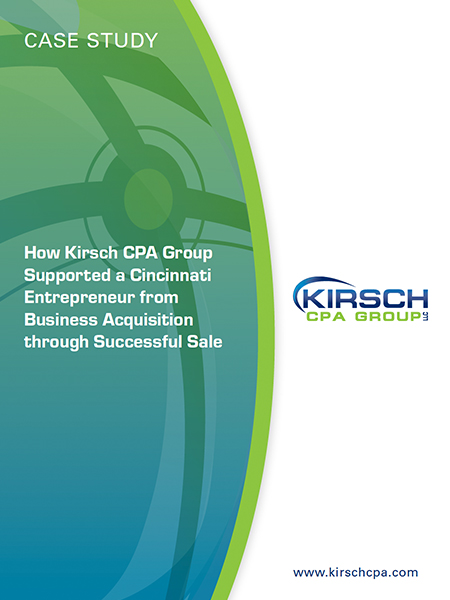Longevity Annuity Now an Option for Your 401(k)
Diane Glover
Sep 03, 2014
Deferred longevity annuities are designed to give retirees greater piece of mind about their financial security in retirement. You buy the annuity today, but it doesn’t start paying out until a specified age — let’s say 85. You have the security of knowing that if your retirement funds peter out by the time you reach that age, a new income stream will kick in.
Before the IRS rules were changed, the value of funds put into such an annuity would be included with other plan assets for purposes of required minimum distribution calculations.
Of course, the dollars invested in the annuity are illiquid. If the annuity funds represent a significant portion of the total plan assets, when it comes time to take a required minimum distribution at age 70-1/2, the owner might be forced to sell some long-term investments he or she would prefer to keep, in order to fund the required minimum distributions. Thanks to the new rules (effective for annuities bought after July 2), the investments in the annuity are not factored into the required minimum distribution calculations.
Note: The new rules also cover IRAs (including those funded by rollovers from 401(k) plans), profit sharing plans, 403(b)s and even defined benefit plans.
What is a QLAC?
A QLAC is a qualified longevity annuity contract. Notice the term “qualified,” which means there are a few strings attached, but they might not be terribly onerous. Here’s the rundown:
The annuities must be fixed. The payout cannot vary according to the performance of some underlying investment index (in other words, variable annuities are not eligible).
QLAC payouts cannot begin any later than the first day of the month the annuitant turns 85. (However this could change if life expectancy rises and actuarial tables are adjusted accordingly.)
The maximum amount you can put into a QLAC is $125,000 (indexed for inflation) or 25 percent of your account balance, if that’s lower than the fixed dollar ceiling. Any inadvertent excessive payments to a QLAC must be returned promptly or the favorable tax treatment will be revoked.
QLACs cannot have a cash surrender option.
Beneficiaries designated by retirement plan participants can benefit if the annuity holder dies before receiving annuity benefits that add up to more than the amount of premiums paid on the annuity contract. If, for example, you paid $75,000 for the QLAC but died after only receiving $50,000 in annuity payments, your designated beneficiary would get the $25,000 difference.
Benefit Projections
What would a $75,000 QLAC buy? Based on a current estimate, a 65-year-old woman who buys this annuity today, with payments to begin in 20 years, would at age 85 begin receiving monthly payments of about $3,190. That adds up to $38,280 annually. In simple terms, you could say the annuity would “pay for itself” if she lives at least until age 87. Of course, that calculation fails to account for the opportunity cost — what could have been earned on that $75,000 over the course of the next 20 years.
If you assume a conservative 4 percent average annual return, it would not quite double, and end up at $164,000. If beginning at age 65, a modest 10 percent of that amount were withdrawn and spent by the retiree each year, that would only equal $16,400 a year–considerably less than the $38,280 annual annuity payout. Even at a more aggressive 15 percent annual withdrawal rate, the annual cash flow would be $24,600, not quite two-thirds of the annuity payout.
On the other hand, if the retiree who bought the annuity died at age 87, nothing would be left to heirs, whereas had she not purchased the annuity, a sizable chunk of the $164,000 would be available for heirs. But that’s the gamble one takes with insurance, and the price one pays for peace of mind.
Fiduciary Duties
If you do decide to build a QLAC option into your retirement plan, you will assume some additional fiduciary liability. That liability pertains to the selection of the annuity provider. Using a Department of Labor “safe harbor” fiduciary checklist (as described in Regulation Section 2550.404a-4), you will have fulfilled your duties. Tasks enumerated in that regulation include:
Conducting “an objective, thorough and analytical” search for an annuity provider
Gathering enough data to assess the annuity provider’s capacity to pay promised benefits
Balancing the cost of the annuity, including fees and commissions, with its benefits, and
If you aren’t personally capable of doing all of this analysis, hiring a qualified expert to handle it for you.
Your employee benefits professional or accountant may provide assistance in helping you assess the decision of whether to offer a QLAC option in your company’s retirement plan.
Copyright © 2014
More Resources

About The Author
As the Manager of Practice Growth, Diane focuses on the market awareness and growth of Kirsch CPA Group…
Sign Up for Email Updates
Tags
Accounting & Financial News

Growth Strategies: How to Take Your Business to the Next Level
Once your business has survived the start-up phase, it's got a solid foundation to grow. Business and…





